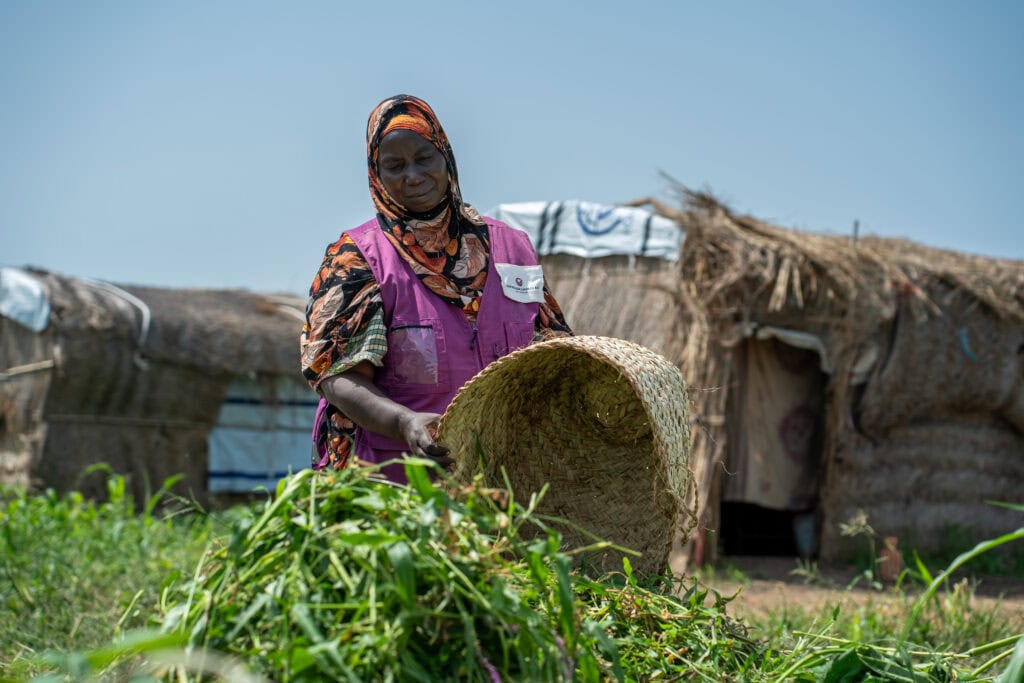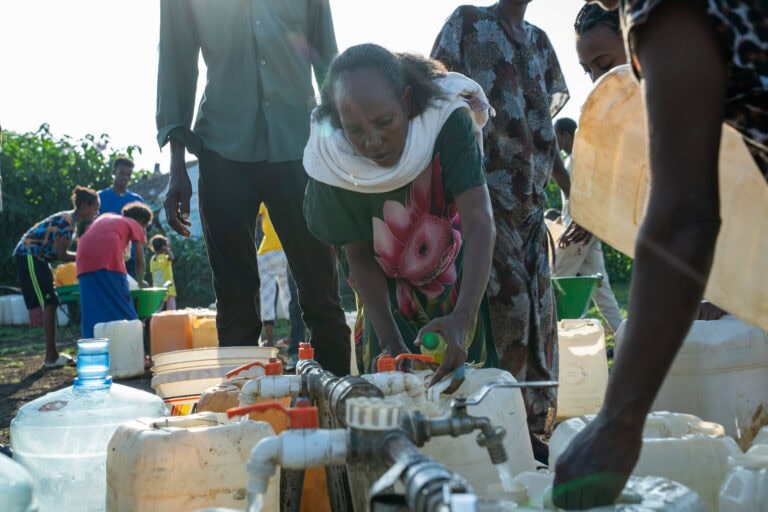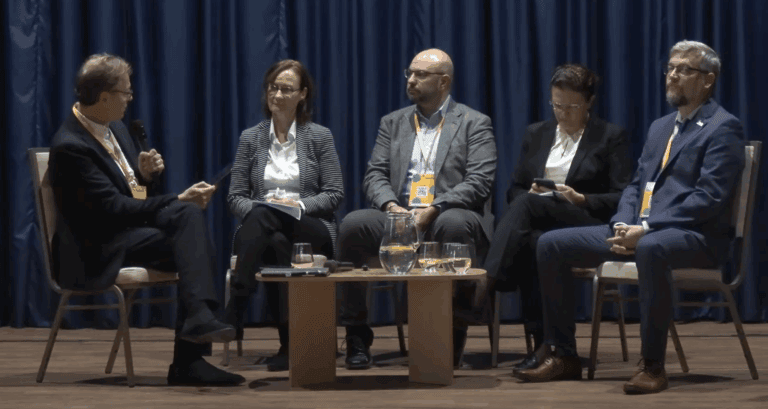This reflection follows discussions at the VOICE & Global Focus High-Level Roundtable in Copenhagen: Shaping the EU’s humanitarian and development agenda: From Lessons to Action, where EU institutions and civil society explored how to operationalise the EU’s new approach to fragility
In a week Danish and European civil society and decision makers came together to deepen discussions on the EU’s approach to fragility, we saw positive signals for engagement across Commission services but significant question marks over the political drive required to align policy interventions.

Convergence of risks requires urgency in aligning policy interventions
Countries and regions globally are facing a convergence of risks. Climate change is intensifying extreme weather events, droughts, wildfires and floods. Simultaneously, many areas continue to experience conflict, organised violence, and protection risks.
These dynamics cause people to move within their country and across borders. Economic, environmental, and security factors all play a role in these often mixed flows. The result: growing humanitarian and development needs, rising pressure on host communities and public services, and increasing complexity for policymakers.
The interaction of climate change, conflict/violence, and human mobility necessitates cohesive, proactive policy interventions.
“These factors often compound one another: for instance, extreme weather events can destroy crops and livelihoods, prompting migration in search of safety or income, while insecurity and violence can trigger displacement, leaving affected populations even more exposed to subsequent climate risks. Yet, policy responses remain fragmented, undermining their collective effectiveness and the capacity to deliver coherent, rights-based solutions.” ACT Alliance Latin America & the Caribbean
Read more country-specific convergence of migration and risks with humanitarian, development and conflict in Latin America and the Caribbean
Where is the EU on its commitments to joined-up programming?
Humanitarian and development decision makers meeting together in Copenhagen affirmed intentions to stay engaged beyond humanitarian aid, sustain support to development cooperation wherever possible in politically estranged and fragile contexts. There were commitments to mainstreaming conflict prevention, to people-centred response and to economic and market recovery.
There was also recognition of a need to reconsider the EU’s current approaches to joining up its funding and policy tools to be more cohesive and efficient. And with this, a message from civil society: short funding cycles don’t work for sustained recovery and development.
An unspoken but key element is the strategic and political weight of the new Fragility Approach to instigate the necessary changes and urgency. While there are pockets of strong dedication across Commission services to be heavily involved in developing the fragility commitments, there is a lack of clear engagement by development and peacebuilding leadership. This is reflected in the choice to move fragility from an EU-wide strategic policy to a strategic guidance piece guiding the EU’s humanitarian response – the EU Humanitarian Communication.
With this, significant gaps still require open discussion:
- If funding for rapid response and resilience is to be the glue between instruments, how will these be sufficiently resourced and decision-making needs rather than politically driven?
- The positive commitments to sustained engagement contrast with sharp cuts to traditional development cooperation and peacebuilding funding.
- The Global Gateway, central to the EU’s development cooperation vision, remains ‘marginally appropriate’ at best to highly fragile and conflict affected states. Business investments and infrastructure development will need to be complemented with ongoing investments in human development, local markets and ‘small p’ social cohesion and peacebuilding.
This will enable alignment between humanitarian response and longer-term recovery. The current cuts to these areas makes it unclear how these investments will be resourced. - EU policy framings of ‘shared interests’ with fragile states and regions are increasingly centred on controlling irregular migration, countering terrorism and investing in economic competitiveness. A true response to fragility relies on preventive action, protection of the most vulnerable, rights-based approaches to adaptation, protection and migration management risk.
Piecemeal policies not enough to protect people from vulnerability
The EU cannot afford to respond through isolated policies. By aligning adaptation, migration and protection policies with protection and people at the centre, the EU and its Member States can better protect vulnerable populations, reduce forced migration, and enhance institutional capacities and social protection systems.
Mobility is inherently multi-causal and interlinked, shaped by overlapping drivers such as climate hazards, livelihood stress, and conflict or violence. Climate hazards destroy crops, livelihood loss triggers migration, and violence forces displacement, all of which increase vulnerability. Fragmented policies reduce effectiveness, and weak data, particularly on climate-driven displacement, makes it harder to act pre-emptively.
Integration of migration and adaptation agendas remains lagging. In contexts globally, climate impacts, migratory flows, and cross-border ecosystems are inseparable, yet policies rarely reflect these dynamics. Droughts, crop failures and flooding result in livelihood stress and mass migration movements. Conflict dynamics and organised crime drive and result from mass displacements.
Political will to move past policy fragmentation
To provide leadership on fragility, the EU will need to confront policy and funding contradictions to align funding priorities and move towards flexibility and risk tolerance which allows local actors and communities to lead. Funding across humanitarian, development, and peacebuilding streams, and strong support for local civil society actors are essential to meet evolving needs and ensure interventions are contextually appropriate.
To lead on fragility, the EU must confront policy contradictions, align funding priorities, and commit to coherent, people-centered strategies. Leadership isn’t just about mandates or budgets—it’s about political will, operational coherence, and above all, putting the needs of vulnerable populations first. By investing early, integrating agendas, and empowering local partners, the EU can reduce vulnerabilities, prevent crises, and demonstrate true global leadership in fragile contexts.



